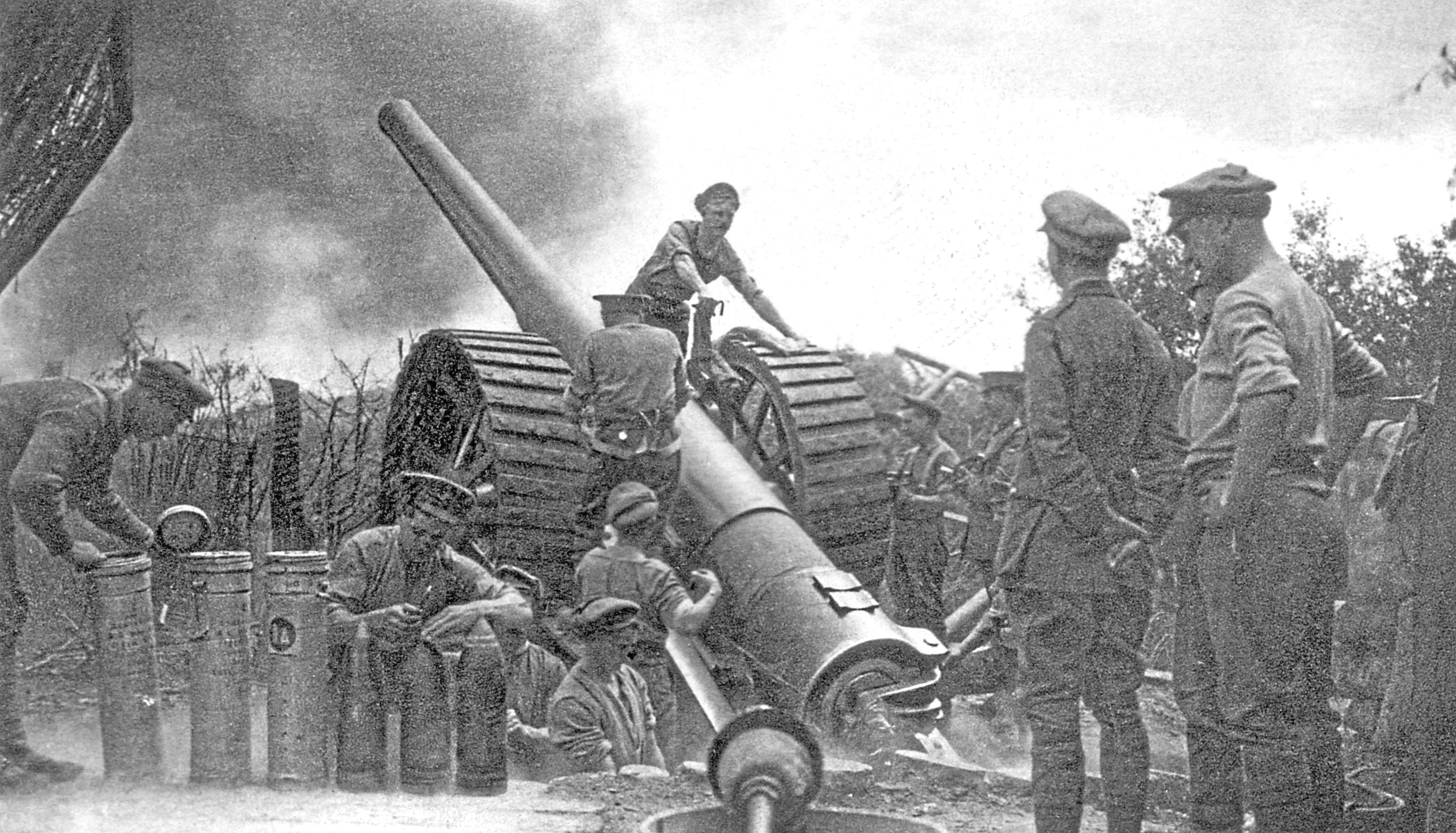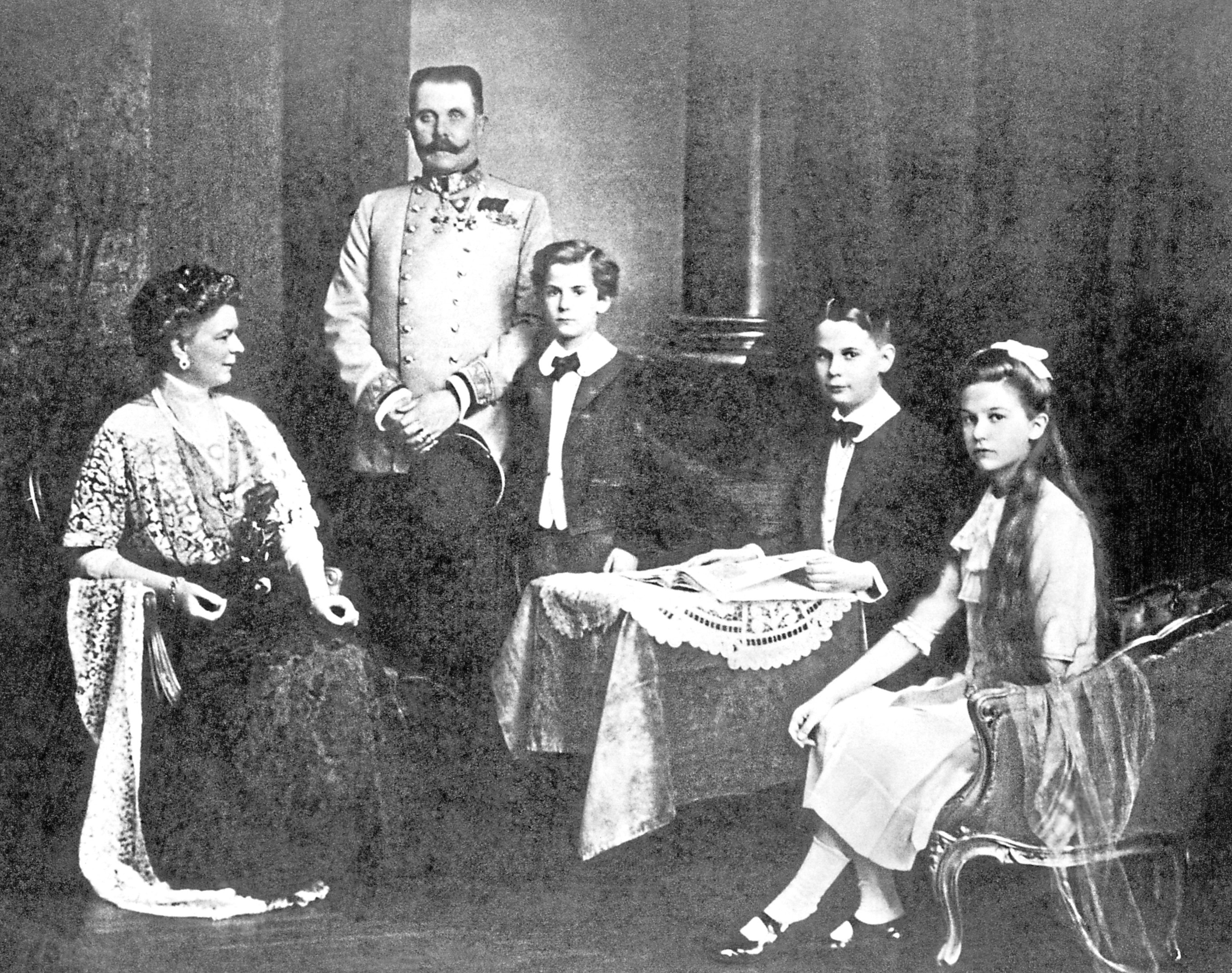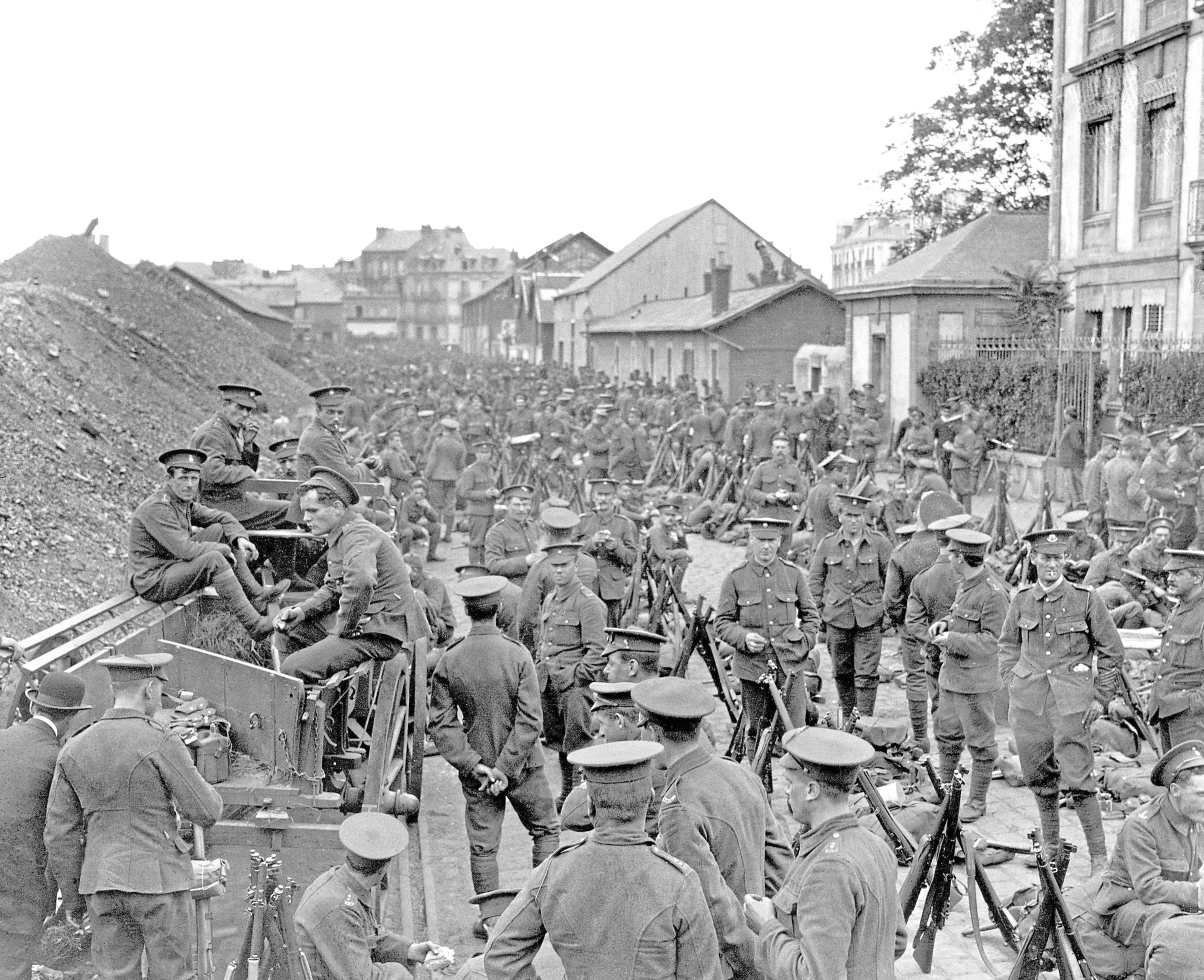
OVER the coming week, the world will remember the events that occurred between July 28 1914 and November 11 1918.
As the 100th anniversary of the end of the First World War approaches, there will be many ceremonies to mark what was described at the time as The Great War, the war to end all wars.
More than 70 million military personnel were mobilised and more than nine million combatants and seven million civilians died.
The casualty rate was exacerbated by technological and industrial sophistication which produced weaponry never before imagined, and by the tactical stalemate which caused gruelling trench warfare.
It precipitated major political changes, including revolutions in many of the nations involved.
Unresolved rivalries at the end of the conflict contributed to the start of the Second World War 21 years later.
The trigger for the 1914-18 conflict was the assassination of Franz Ferdinand, the Archduke of Austria-Hungary, at the hands of 19-year-old Gavrilo Princip, a Serbian nationalist with ties to the secretive military group known as the Black Hand.
In the years leading up to the assassination there had been a gradual emergence of a group of alliances between major powers. It meant Franz Ferdinand’s murder caused a domino effect, bringing in nations that ostensibly had little connection with the event.
By 1914, those alliances were coalesced into two broad groups. Britain, France and Russia formed the Triple Entente, while Germany and Austria-Hungary comprised the Dual Alliance.
These coalitions were eventually expanded as the war widened. The Entente added Italy, Japan and the USA to form the Allied Powers, while the Ottoman Empire and Bulgaria joined Germany and Austria-Hungary as the Central Powers.
In the background there was also what amounted to a family feud between the heads of state of Britain, Germany and Russia – George V, Kaiser Wilhelm II and Tsar Nicholas II – who were first cousins.
Queen Victoria had tried to broker peace between them but after her death goodwill between the branches of the family dissipated, with George V and Tsar Nicholas on one side, and their estranged cousin, Wilhelm, on the other.
The Kaiser had embarked on a massive project to build a naval fleet that would rival Britain’s but the Royal Navy gained a technological edge with the development of a new class of battleship – the Dreadnought – so the Germans had shifted attention to the development of their army.
Ultimately, the war turned out to be disastrous for all three monarchs. By the end of 1918 the Kaiser was deposed and had fled into exile, the Russian tsar and his children had been executed by revolutionaries, and the British king presided over a debt-ridden empire.
Franz Ferdinand and his wife, Sophie, were assassinated on the morning of Sunday June 28 1914 in Sarajevo, the capital of Bosnia and Herzegovina.
Earlier in the day, the couple had escaped death when a grenade was thrown at their car. It detonated behind them, injuring occupants in the following vehicle.
The royal couple insisted on seeing all those who had been injured at the local hospital. On the way their convoy stalled in the streets. Princip was sitting at a cafe, seized his chance, walked across the road and shot the royal couple. His weapon was provided by a Serbian Army Colonel, a member of the Black Hand.
A month later Austria-Hungary declared war on Serbia, shelling its capital, Belgrade. In response, Russia announced its mobilisation. Germany demanded that they demobilise within 12 hours but when they failed to comply, Germany and Austria-Hungary declared war on Russia.
In support of Russia, France ordered full mobilisation on August 2, while Turkey signed a secret treaty of alliance with Germany.
German strategy – the Schlieffen Plan – assumed a two-front war in which they would quickly defeat France, then switch to the East. This required passage through neutral Belgium and when this was refused, Germany entered by force.
The Belgian government invoked the 1839 Treaty of London and in compliance with its obligations, Britain, under Prime Minister Herbert Asquith, declared war on Germany on August 4. Six days later, on the Eastern Front, Austria-Hungary invaded Russia.
After marching through Belgium and Luxembourg, the Germans advanced into northern France in late August, where they met the French Army, under Joseph Joffre and the divisions of the British Expeditionary Force under Field Marshal Sir John French.
A series of engagements known as the Battle of the Frontiers ensued, in which the British and French were defeated at Mons and Charleroi and retreated.
The German army came within 43 miles of Paris but at the First Battle of the Marne in early September French and British troops turned the tables. The Germans retreated north of the Aisne River and dug in, establishing the beginnings of a static western front that was to last for the next three years.
The opposing forces made reciprocal outflanking manoeuvres, known as the Race for the Sea, and extended their trench systems from the Swiss frontier to the North Sea.
The territory occupied by Germany held much of French iron, steel and coal production, dealing a serious blow to the enemy’s industrial capability.
In mid-October of 1914, the German forces made a concerted attempt to break through Allied lines during the First Battle of Ypres, which ended in a mutually-costly stalemate. The British Expeditionary Force alone lost more than 54,000 men in six weeks and 95,000 in all before Christmas.
After the battle, German commander Erich von Falkenhayn judged that it was not possible for Germany to win the war by purely military means and called for a diplomatic solution.
However, Chancellor Theobald von Bethmann-Hollweg and Eastern Front commander Paul von Hindenburg disagreed and hostilities continued.
There was, however, the famous Christmas Truce, a series of widespread but unofficial ceasefires along the Western Front. In the week leading up to December 25, French and British soldiers crossed trenches to exchange seasonal greetings.
Men from both sides ventured into no man’s land on Christmas Eve to mingle and exchange gifts. There were joint burial ceremonies and prisoner swaps, while several meetings ended in carol-singing and games of football.
The war was only a few months old at the time and men from both sides believed it would soon be over. However, those truces of 1914 were not repeated at subsequent Christmases, in part due to orders from the high commands of both sides and partly because the war had become increasingly bitter after devastating losses suffered during the battles of the Somme and Verun and the use of poisonous gas.
Trench warfare on the Western Front continued into 1915, while in April of that year the Gallipoli campaign begin.
The Allied strategy was to invade Turkey, capture Constantinople (Istanbul) and knock the Ottomans out of the war, allowing Allied ships to pass through the Dardanelles.
At dawn on April 25, British and Australian and New Zealand troops landed at two points on the Gallipoli peninsula. Both landings were quickly contained by Ottoman troops and trench warfare mirroring that on the Western Front saw casualties mount in the summer heat.
Gallipoli became a defining moment in the history of the Anzacs, revealing characteristics that both countries came to use to define their soldiers: endurance, determination, initiative and camaraderie.
On the European front line, there was a new development. Though all sides had signed the Hague Convention, which prohibited the use of chemical weapons, the first use of them was against the French at Ypres in April 1915.
The Germans released chlorine gas into the French trenches. The green-yellow cloud killed many and caused others to flee in panic, creating an undefended four-mile gap in the Allied line. The Germans were unprepared for the level of their success and lacked resources to exploit the opening.
Gas masks were introduced in response and the British retaliated by developing their own chlorine gas and using it at the Battle of Loos in September 1915, though winds led to more British casualties from the gas than German.
French, British and German forces all escalated the use of gas attacks through the rest of the war, developing the more deadly phosgene gas, then the infamous mustard gas in 1917, which could linger for days and could kill slowly and painfully.
It was also the war that saw specialised combat aeroplanes introduced. On April 1 the French pilot Roland Garros – after whom the venue for the French Open tennis championships is named – became the first pilot to shoot down an enemy aircraft by using a machine-gun that shot forward through the propeller blades, though many bullets were deflected.
Several weeks later Garros force-landed behind German lines. His plane was sent to Dutch engineer Anthony Fokker, who soon produced a significant improvement in which the machine gun was synchronised with the propeller so it fired in the intervals when the blades were out of the line of fire.
This advance was ushered into service in the Fokker E.1. as both sides sought dominance of the air. It produced the cult of the flying ace, the most famous being Manfred von Richtofen – The Red Baron.
For the ordinary “Tommy” and his soldiers on both sides, though, there was no such glamour in the trenches; and as the war reached the end of 1915, there was much more suffering to come.

Enjoy the convenience of having The Sunday Post delivered as a digital ePaper straight to your smartphone, tablet or computer.
Subscribe for only £5.49 a month and enjoy all the benefits of the printed paper as a digital replica.
Subscribe
